Water resources
-
Timoth Mkilima
-
22 September 2022
900
396
Mapping of Land Use Changes in Urban Catchments. A Case of Msimbazi Catchment in Dar Es Salaam, Tanzania
DOI:
https://doi.org/10.56542/wi.jwempo.v1.i1.a1.2022
Download / view PDF
Keywords:
Geographic Information System (GIS); land use/land cover; Landsat images; urban catchment; rapid urbanization
Abstract
Rapid urbanization activities may put significant pressure on catchments around the globe as they are also associated with the change in land use/land cover. This study used GIS-based techniques to investigate the land use/land cover changes in the Msimbazi river catchment in Dar es Salaam, Tanzania. The Landsat images of the selected study years (1998, 2009, and 2018) were processed in ArcGIS software. The land use classes were grouped into five groups namely; water bodies, forests, developed high intensity, developed medium intensity, and developed low intensity. This study observed significant changes in land use/land cover in the Msimbazi catchment from 1998 to 2018, with an estimated 40.54% decrease in developed low-intensity areas, as well as a 15.95% increase in developed high-intensity areas defined with 80% to 100% impervious cover. The extent of development and impervious surface cover were observed to be increasing towards the downstream approaching the Indian Ocean coast. The results from this study reflect the reality of the catchment where downstream is characterized with more development activities than the upstream of the catchment. The results derived from this study can be useful in the planning and implementation of catchment management practices.
